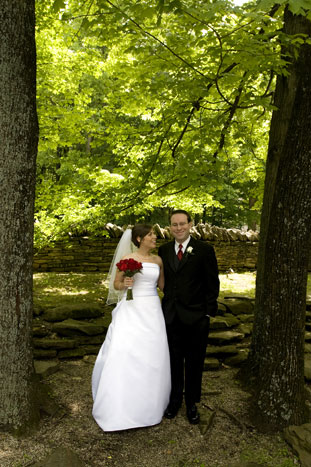It’s lunch time, and I’m sitting at my desk eating last night’s leftovers alone. Don’t feel sorry for me, though. The hardest part is over.
You see, I’m a faithful brown bagger. The majority of my colleagues go out to lunch every day, but there’s usually one of two fellow brown baggers who stay behind. It’s someone different every day, but I usually have someone to eat with me. But today is someone’s birthday, so I’m eating alone.
Saying no to the birthday lunch is no easy feat. In addition to the email reminders I’ve received for the past few days, about 10 people stopped by my desk this morning to remind me. “It’s Susan’s birthday today! I know you normally bring a lunch, but you’re coming today, right?” I politely declined. “You’re not coming? Oh, come on, you can eat leftovers any day! It’s Susan’s birthday!” Through all the pressure, I stood my ground. Not easy considering the fact that birthday lunch pressure is even greater than the everyday pressure to go out to eat.
Many people just cannot fathom why I wouldn’t want to join them. They think that if they ask me several times with varying degrees of insistence, I might change my mind. Some people get downright pushy. While I appreciate the invitations, enough is enough.
Now before you label me an evil antisocial birthday hater, hear me out. I love birthdays. I’m usually the first in line to offer well wishes and sign cards. I even used to make an exception to my brown bagging rule and join my co-workers on birthdays.
Then I started noticing how much those little exceptions were costing me. It’s not just birthday lunches. It’s all the little things that aren’t a part of the budget, but you tell yourself, “Oh, just this once can’t hurt.” Then it’s the end of the month, and you’ve blown a hundred dollars on “just this once” exceptions.
Birthday lunches used to be one of those little exceptions for me. The last office birthday was two weeks ago. There is another birthday today, and another in three weeks. I know, it sounds like I’m overreacting. Surely with all the penny pinching we do, I can afford to go out to lunch to celebrate a colleague’s birthday once a month. After all, don’t I believe in making extra room in the budget for the little luxuries? But I just can’t justify spending $10 on a lunch out when I have leftovers from last night that will be wasted if I don’t eat them today. To me, that’s not a luxury; it’s just wasteful.
Going out to lunch isn’t just a waste of the $10 I would spend at the restaurant. It’s also a waste of the delicious chicken Alfredo that my husband made last night … enough to feed a family of four, and just the two of us to eat it.
It’s hard to say no, especially when people act dumbstruck. They have a point. Who doesn’t enjoy getting out of the office to enjoy a nice lunch? I know I do. But I’ve made a commitment to save money, and unnecessary restaurant meals were the first thing to go. We have plenty to eat at home, and it costs a fraction of what I would pay at a restaurant. If I don’t draw the line at this birthday, then when will I? If we don’t set limits and stick to them, then what’s the point of setting limits?
I do believe that it’s important to make room in your budget for extra luxuries that are really important to you, but lunches out just aren’t a priority for me. I’d rather use my entertainment budget to enjoy a meal out with my husband once a month or a Sunday matinee. It may sound selfish, but if you don’t make those choices and stand by them, then you’re no longer making “little exceptions”; you’re just overspending.
I don’t want to blow my budget with a hundred little exceptions this month. So I’m just saying no.

